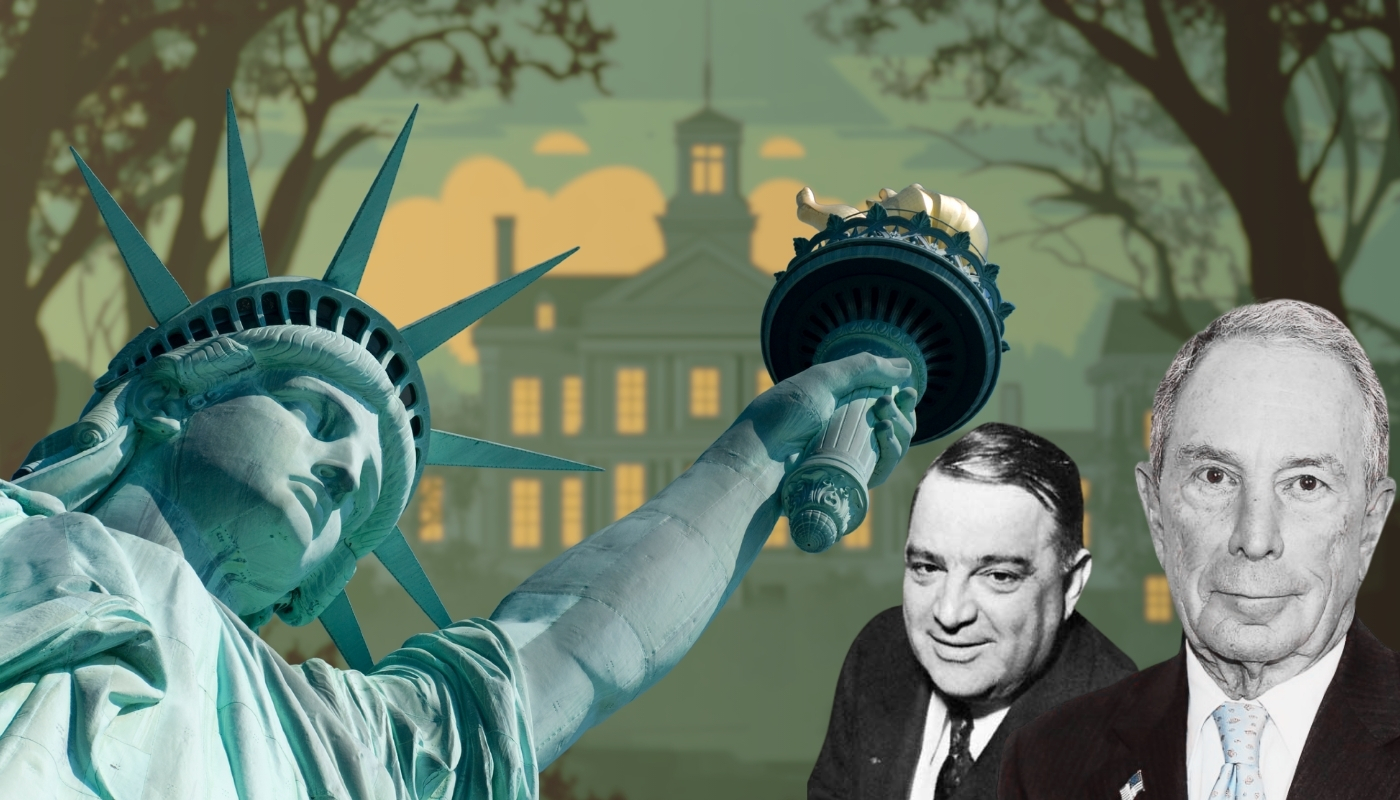Best and Worst NYC Mayors Throughout History
The mayoral role in New York City carries immense significance, shaping the city’s trajectory through policy, leadership, and vision. As one of the world’s most influential cities, NYC requires leaders capable of handling complex challenges. Evaluating mayors involves assessing their impact during crises, legislative achievements, and ethical conduct, among other criteria. These evaluations not only … Read more
